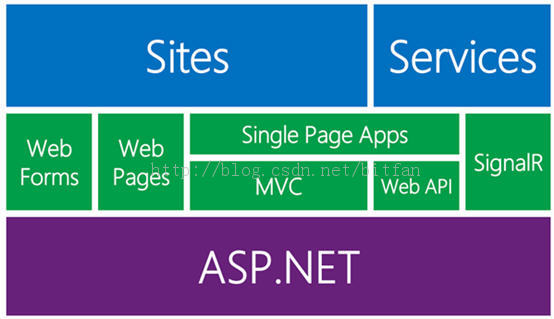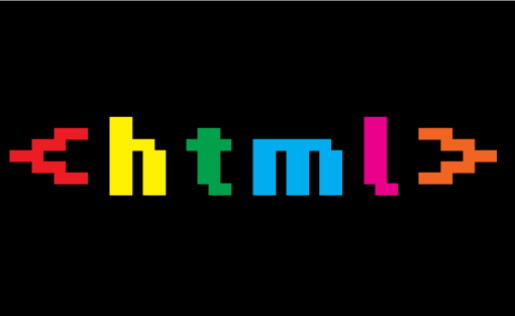
What is SQL injection? What I understand as SQL injection is that some people can input malicious parameters to let the background execute this SQL, and then achieve the purpose of obtaining data or destroying the database! To give a simple query example, the background sql is spliced: select * from Test where name='+parameter transfer+'; the front page requires entering name, then the hacker can enter: ';DROP TABLE Test;-- Don't underestimate this paragraph SQL code: select * from Test where name=' ';DROP TABLE Test;--'; is correct and executable in SQL, but after execution, the entire Test table is deleted and the website crashes! The best solution The best solution is not to write splicing SQL, but to use parameterized SQL, which is recommended for new projects. There is no introduction here. Interested friends can search for it by themselves. The method introduced in this article is suitable for old projects, that is, there are no programs developed using parameterized SQL.
1. ASP.NET filter class SqlFilter to prevent SQL injection

Introduction: This article shares a filtering class SqlFilter that prevents SQL injection, which can prevent injection through POST, GET and Cookies.
2. How to filter HTML tags using ASP.NET to only retain line breaks and spaces

Introduction: This article mainly introduces the method of ASP.NET filtering HTML tags to only retain newlines and spaces. It includes common methods on the Internet and improvements to this method, which has certain reference value. , Friends in need can refer to
3. Introduction to the application method of ASP.NET filter

Introduction: Introduction to the application method of ASP.NET filter. Friends who need it can refer to it
4. ASP. Summary of NET filtering HTML string methods

##Introduction: This article mainly introduces ASP.NET filtering HTML For a summary of string methods, friends who need it can refer to
[Related Q&A recommendations]:
The above is the detailed content of Recommended 10 ASP.NET filtering effects (collection). For more information, please follow other related articles on the PHP Chinese website!
 What are the Oracle index types?
What are the Oracle index types?
 What are digital currency exchanges?
What are digital currency exchanges?
 c/s architecture and b/s architecture
c/s architecture and b/s architecture
 Why does win10 activation fail?
Why does win10 activation fail?
 Characteristics of management information systems
Characteristics of management information systems
 What to do if the Bluetooth switch is missing in Windows 10
What to do if the Bluetooth switch is missing in Windows 10
 Why the computer keeps restarting automatically
Why the computer keeps restarting automatically
 Rename the apk software
Rename the apk software




